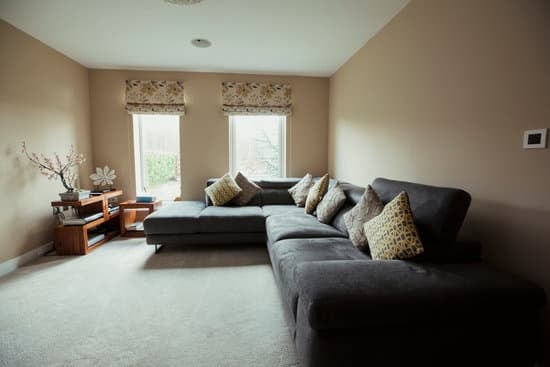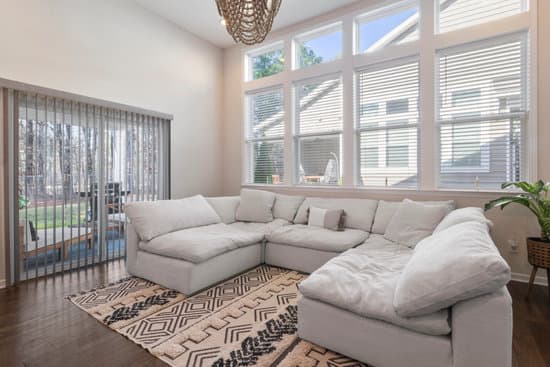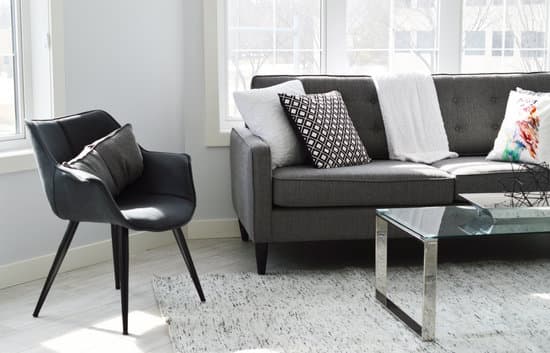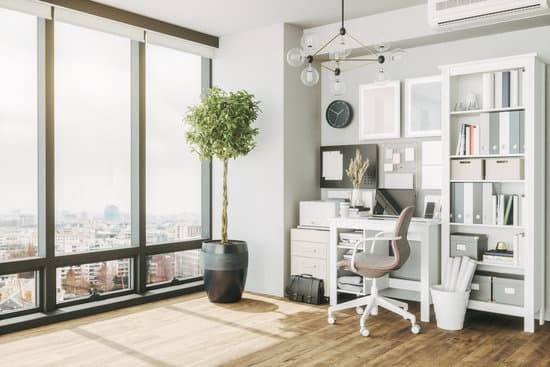Understanding the concept of home ventilation
As homeowners, we all know the importance of protecting our homes from excess moisture, stale air, and harmful pollutants. One of the best ways to achieve this is by having a properly designed and installed home ventilation system. But what exactly is a home ventilation system, and how does it work? In simple terms, home ventilation is the process of moving air between the inside and outside of a home. By doing so, it helps maintain good indoor air quality and eliminates unhealthy and harmful substances from the air. Many ventilation systems also help maintain a suitable humidity level in the home. This process is crucial to the well-being of individuals who live in the home, especially those who are prone to asthma or allergies.What is a whole-house ventilation system?
A whole-house ventilation system is an HVAC component that circulates fresh air throughout your home. The process makes use of fans to transfer outdoor air with indoor air, and is designed to improve the quality of air. A whole-house ventilation system can be added to an existing HVAC system, or it can be installed as a standalone system. The latter is appropriate for homes without an existing air conditioning system.The importance of a well-ventilated home
Poor indoor air quality can negatively affect our health and well-being. A well-ventilated home can significantly reduce the amount of toxins, pollutants, and allergens that are circulating in the air. Ventilation systems are designed to remove odors, moisture, and harmful substances from the air. Proper ventilation can also prevent the formation of mold or mildew, which could lead to respiratory illnesses and worsen allergies. Humidity levels that are higher than 50% can cause discomfort and create perfect conditions for the growth of mold, which can be prevented by proper ventilation.How whole-house ventilation works
Whole-house ventilation systems work by either directly bringing fresh air into your home or by moving stale air out of your home. The type of system that would work best for a home depends on a variety of factors, including energy efficiency, the type of climate, the size of the home, and the level of air pollution in the surrounding environment. Here are some examples of types of whole-house ventilation systems:- Exhaust ventilation: This system is designed to remove stale indoor air and exhaust it to the outdoors. The system works by using exhaust fans to pull air from specific areas in the home, such as bathrooms and kitchens.
- Supply ventilation: This system is designed to supply fresh air into the home. The system brings in air through external air intake vents and distributes it throughout the home using fans.
- Balanced ventilation: This system combines both supply and exhaust ventilation systems. The result is a balanced, properly ventilated home. This system works by bringing in fresh air and exhausting old air at the same time.
Different types of ventilation systems for homes
There are several types of ventilation systems that can be installed in homes. The most common are:- Heat recovery ventilation: This system is designed to recover heat from the air that is being vented out of the home. The heat energy is transferred to the cooler air coming in, making the system more efficient.
- Economizer ventilation: This system works by using outdoor air to cool a home during mild weather. This system utilizes a damper that automatically opens to bring in cooler air and saves money on energy bills.
- Demand-controlled ventilation: This system is designed to provide ventilation only when it’s needed. The system uses sensors that detect the presence of people or pollutants and, based on the readings, automatically turns on or off.
Benefits of having a home ventilation system
There are several benefits of having a home ventilation system installed in your home, including:- Better indoor air quality: A home ventilation system improves the overall quality of the air in your home by removing pollutants, allergens, and toxins.
- Reduced moisture levels: Moisture levels in the home can lead to mold and mildew growth, which can negatively affect your health. A ventilation system can eliminate moisture and reduce the risk of respiratory illnesses associated with mold exposure.
- Energy savings: A well-designed ventilation system can help save you money on your energy bills by reducing the need for air conditioning.
- Improved comfort: Proper ventilation can help create a more comfortable environment by distributing fresh air throughout the home and reducing humidity levels.
How to determine if your home needs a ventilation system
Determining if your home needs a whole-house ventilation system can be tricky, as there are many factors to consider. Here are a few signs that could indicate you need a ventilation system installed:- Mold and mildew: If you notice a musty smell or see mold growth on surfaces, this could indicate a lack of ventilation. Mold and mildew thrive in damp environments, and without proper ventilation, a home is susceptible to these harmful substances.
- Condensation on windows: Condensation on windows is a clear sign of excess moisture in the home. A ventilation system can help reduce moisture levels and prevent the formation of condensation on windows.
- Stale or unpleasant odors: If your home has a musty or stale odor, this could be a sign of poor ventilation. A ventilation system can effectively remove unpleasant odors from your home, leaving it smelling fresh and clean.
- Excessive humidity: Humidity levels higher than 50% can lead to discomfort and create ideal conditions for mold growth. A ventilation system would help reduce humidity levels and create a more comfortable environment.






















